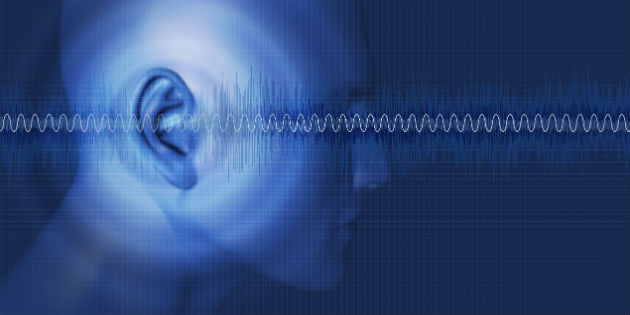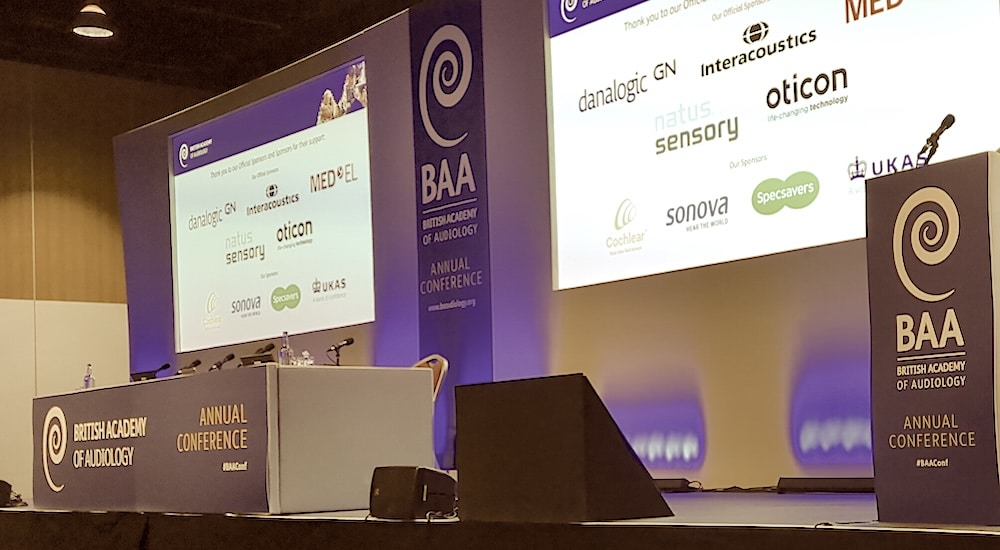Prevalence of hearing loss declining in US adults
Trends
The National Institute on Deafness and Other Communication Disorders (NIDCD), within the US National Institutes of Health, recently reported a decline in hearing loss prevalence in the US population aged 20 to 69 years.

The NIDCD worked with the National Institute for Occupational Safety and Health (NIOSH), Centers for Disease Control, and several universities to examine hearing loss trends over time in the United States population. To do this, the researchers used hearing health data collected as part of the National Health and Nutrition Examination Survey (NHANES) over two different time intervals: 2011–2012 and 1999–2004. The findings were reported in the journal JAMA Otolaryngology Head & Neck Surgery in December.
Despite increasing numbers of elderly people in the population, it was found that the overall annual prevalence of hearing loss dropped slightly, from 16% to 14%, or 28 million adults in the 1999–2004 period compared to 27.7 million in the 2011–2012 period. These figures are absolute values despite the overall increase in the population.
“Our findings show a promising trend of better hearing among adults that spans more than half a century,” said Howard J. Hoffman, MA, first author on the paper reporting the results and Director of the NIDCD’s Epidemiology and Statistics Program. “The decline in hearing loss rates among adults under age 70 suggests that age-related hearing loss may be delayed until later in life. This is good news because for those who do develop hearing loss, they will have experienced more quality years of life with better hearing than earlier generations.”
Source: NIDCD; JAMA Otolaryngology Head & Neck Surgery
 Sign in
Sign in

